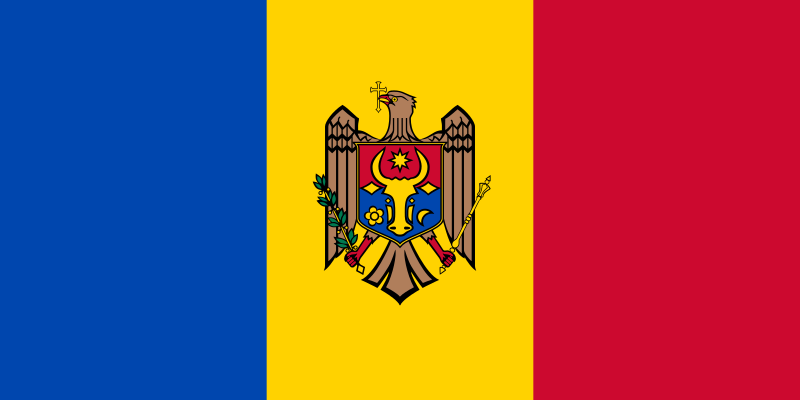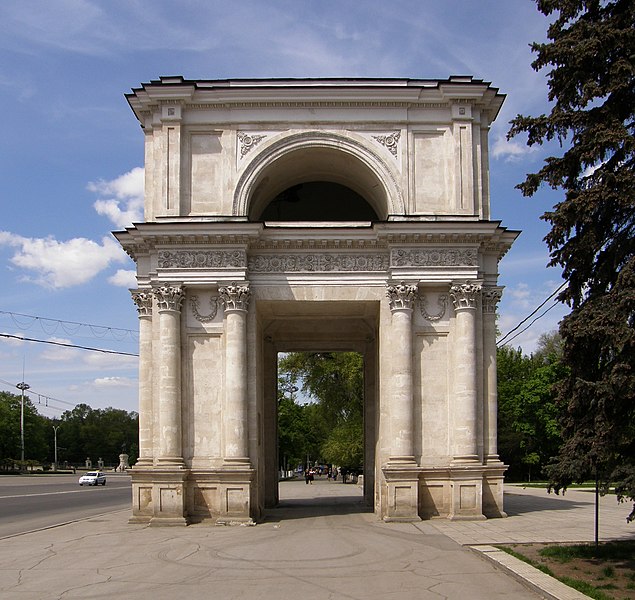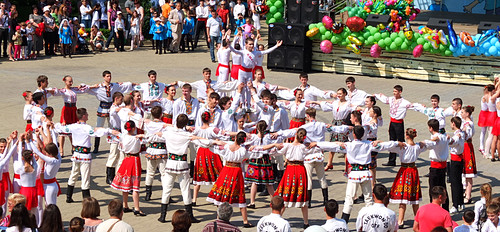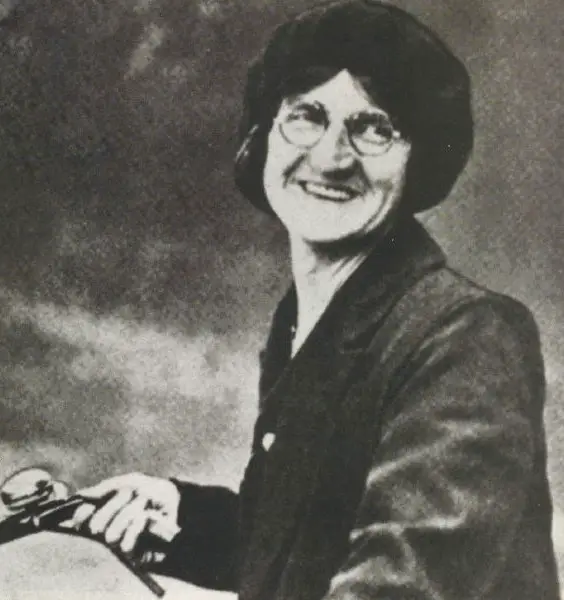People's Park son became known as Pearson Park after the benefactor that donated the land.
Hull had the Botanic Gardens that had opened in 1812, but you had to pay to enter these. As industry and urban sprawl increased in Victorian times it was deemed beneficial to have open spaces within a city for the populace to exercise and relax. Some early schemes failed. One was to build a broad walk round the outside of the site of the demolished city walls and another to take over the site of the Citadel. This finally failed after Hull Corporation sued the government and lost.
In 1860 Zachariah Pearson, the Mayor that year and a local ship owner, donated 27 acres to the north west of the built up area to be used as a park for the public benefit. He kept another 10 acres around the edges to build an access road and to construct substantial homes facing the park. Pearson thought that having these high class villas would ensure the local wealthy would not leave the city.
The opening ceremony took place on 28-Aug-1860 and was very grand affair. At least 30000 arrived in Hull by boat and train to witness the event. A parade was organised by Enderby Jackson and it stretched two miles from the Station Hotel to the park with brass bands and carriages of dignitaries. The handing over of the deeds was followed by the planting of a Wellingtonia Gigantica (Giant Sequoia/Giant Redwood). A sumptuous banquet and fireworks followed.
The park was originally designed by J.C. Niven who was the curator of the Botanic Gardens in Hull. By 1864 the park had a cricket pitch and areas for bowls, archery and gymnastics. There was also a small lake and a folly called 'The Ruins', along with a cast iron drinking fountain and a statue of Queen Victoria and Ceres (the Goddess for Fertility). The statue of Victoria was commissioned by Pearson to commemorate her visit to the city in 1854 by putting a £100 deposit on a flawless piece of carrara marble and gave the task to Thomas Earle of Hull. A statue of Price Albert was added in 1868.





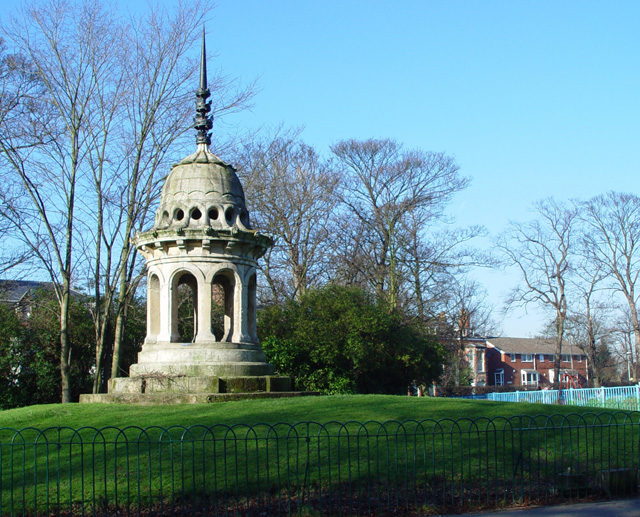
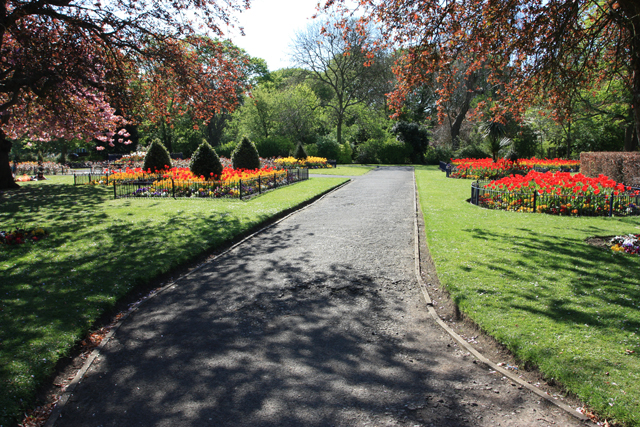
Hull had the Botanic Gardens that had opened in 1812, but you had to pay to enter these. As industry and urban sprawl increased in Victorian times it was deemed beneficial to have open spaces within a city for the populace to exercise and relax. Some early schemes failed. One was to build a broad walk round the outside of the site of the demolished city walls and another to take over the site of the Citadel. This finally failed after Hull Corporation sued the government and lost.
In 1860 Zachariah Pearson, the Mayor that year and a local ship owner, donated 27 acres to the north west of the built up area to be used as a park for the public benefit. He kept another 10 acres around the edges to build an access road and to construct substantial homes facing the park. Pearson thought that having these high class villas would ensure the local wealthy would not leave the city.
The opening ceremony took place on 28-Aug-1860 and was very grand affair. At least 30000 arrived in Hull by boat and train to witness the event. A parade was organised by Enderby Jackson and it stretched two miles from the Station Hotel to the park with brass bands and carriages of dignitaries. The handing over of the deeds was followed by the planting of a Wellingtonia Gigantica (Giant Sequoia/Giant Redwood). A sumptuous banquet and fireworks followed.
The park was originally designed by J.C. Niven who was the curator of the Botanic Gardens in Hull. By 1864 the park had a cricket pitch and areas for bowls, archery and gymnastics. There was also a small lake and a folly called 'The Ruins', along with a cast iron drinking fountain and a statue of Queen Victoria and Ceres (the Goddess for Fertility). The statue of Victoria was commissioned by Pearson to commemorate her visit to the city in 1854 by putting a £100 deposit on a flawless piece of carrara marble and gave the task to Thomas Earle of Hull. A statue of Price Albert was added in 1868.

Pearson Park Folly.

Drinking fountain, restored 2008.

Queen Victoria's statue Pearson Park.
The eastern entrance on the road to the road around the park was built an impressive archway. The villas around the park were largely completed by 1890. Philip Larkin lived in a flat in one whilst working at the University. Many of them are now listed buildings.

Pearson Park entrance arch.
In 1897 a memorial to the park's benefactor was raised in the form of an ironstone monolith from the Cleveland Hills with an inscribed tablet on it.

Pearson's Ironstone memorial.
A band satnd followed in 1908 and then a rescued cupola from the Cuthbert Brodick Town Hall that had been demolished to make way for the new Guildhall was moved to the park. A Victorian style conservatory was built in the 1930's.

Cupola rescued from the Cuthbert Brodick designed Town Hall.
During WW2 the park was covered with nissan hutrs and air raid shelters that weren't removed until 1954. The band stand and ornamental bridge were lost the war effort for scrap metal.
The park has continued to evolve with the times but is still a very popular place to visit and to live in the area. On the 150th anniversary another Giant Redwood was planted. It makes a lovely haven of peace between the busy areas of Beverley Road and Princess Avenue and well worth a visit.

Formal gardens of Pearson Park.

